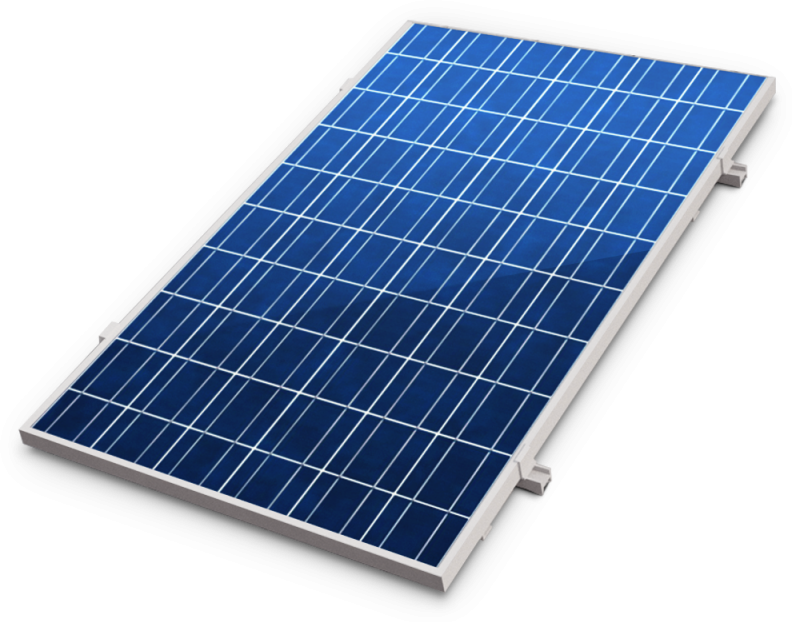Photovoltaic Solar Panels
Determining the size of your solar energy system starts with 2 simple questions:
– Do I just want to lower my electricity bill?
– Do I want to go off grid?
Most people want to produce enough energy to eliminate their need for municipal electricity, however, the first step is determining what size solar system will produce enough power to meet your household consumption levels.
